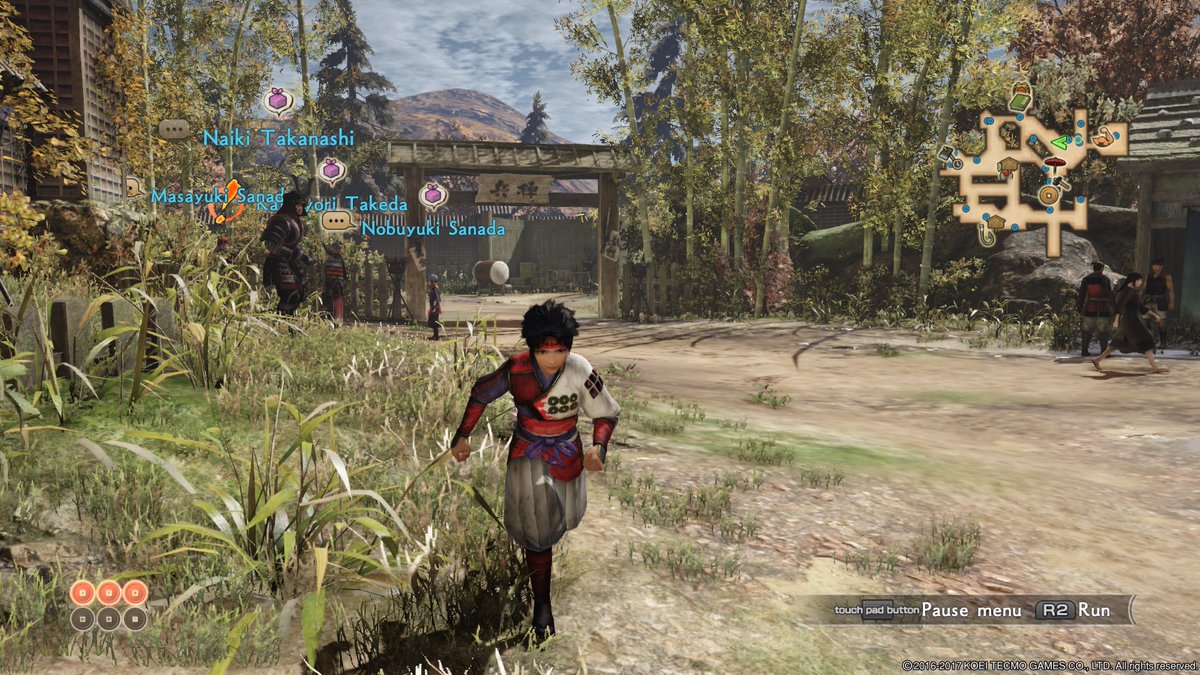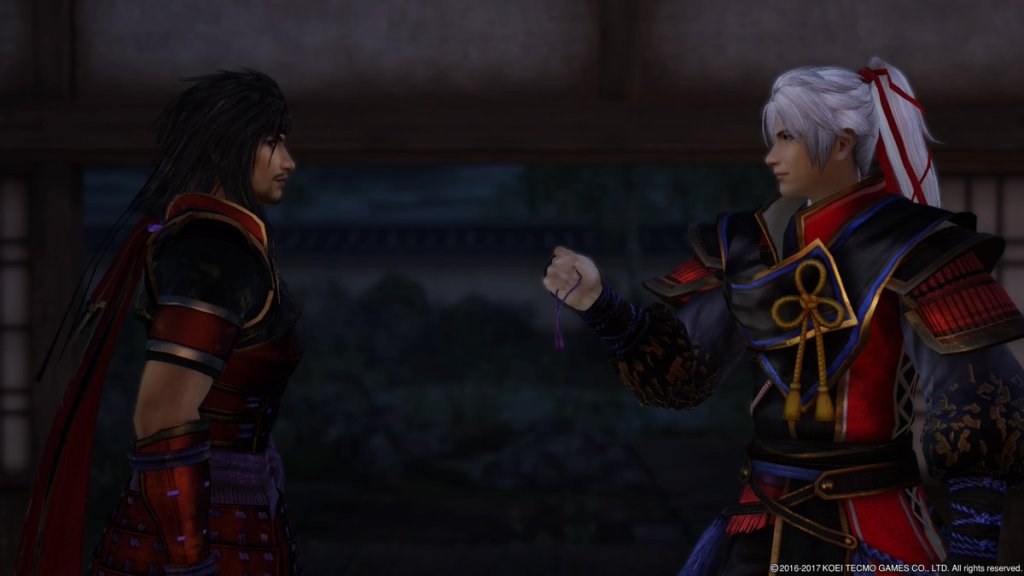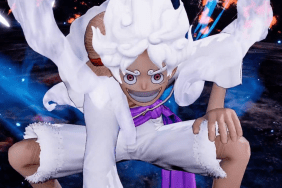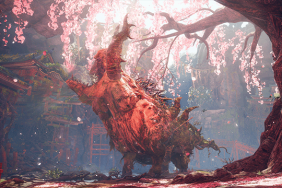Warfare in gaming is typically simplified into a tale of good versus evil with the player getting to triumph over the bad guy in the end. Rarely is history that black and white when closely examined, but the atrocities of combat are easier to justify when it’s deemed noble in nature. Samurai Warriors: Spirit of Sanada takes the road less traveled in gaming, as it presents feudal Japan in a much more realistic view. Clans were fighting for what they believed in, mostly in terms of unifying Japan, and if that meant conflict then they weren’t afraid to test their convictions.
Unlike other games in Omega Force’s Samurai Warriors series, Spirit of Sanada follows the story of one specific family. Players begin the lengthy story by playing as family patriarch Masayuki Sanada, a legendary tactician that became notorious for his switching allegiances, and eventually play as his two sons: Yukimura and Nobuyuki. This focused narrative helps the game out an incredible amount, as it helped me become more invested in the events of feudal Japan. Past games were hard to follow at times, due to it focusing on over a dozen clans battling it out, while this manages to tell a more impactful story.
What hasn’t changed is the core combat, as it builds upon Samurai Warriors 4‘s gameplay. Players still slice their way through hundreds of enemy soldiers with ease as they mash out impressive looking combo attacks, ride their horse (or panda!) over visually unimpressive battlefields, and win battles by defeating the opposing commander. It’s an established formula that provides a lot of mindless fun, and there have been a few additions that help break up the repetitiveness of combat.
New Perspective
Battles in Spirit of Sanada tend to be more cinematic in nature, as Omega Force shows off Masayuki’s great skills as a strategist. By completing various side-objectives (such as defeating an enemy within a time limit), I gained the ability to trigger certain strategies that would either change how a battle played out (such as a support character arriving early) or give my characters an ability boost. These are similar to the stratagems found in past games, but players don’t have the ability to select specific strategies, as battles must turn out certain ways to make the story make sense.
Since the core gameplay of slicing up enemies isn’t very challenging, the game manages to keep players on their toes by introducing several fail states that will instantly result in a game over. These don’t occur very often (and I only failed a handful of missions over the 30-hour campaign), which lessens the frustration when having to replay a 10-minute battle over again, but I did enjoy this variation. A few missions even turned Samurai Warriors into an impromptu stealth game where I had to avoid enemy patrols. That’s a cool way of keeping the familiar gameplay, yet tweaking it in a way that both benefits the story being told.
When the Sanada family isn’t fighting on the battlefield to defend their land, players are able to explore various villages. This is where a lot of the narrative gets delivered, as plenty of dialogue exchanges go down, and side-missions can be picked up. These side-stories had me helping members of my village that were hit hard by war. While mechanically these moments just had me collecting various materials, it served a greater purpose thematically as it showed what Masayuki and his sons were fighting hard to protect.
Tragedy
“What do you fight for?” That open-ended question is explored many times during the story, and to many characters it meant something different. For the legendary ninja Sasuke, who finds himself working alongside Yukimura, the answer was simply that it was a job, and he served his master. The answer was far more complicated for other warriors, and it’s what would eventually split the two Sanada brothers apart into opposing armies.
This conflict between brothers that truly love each other, yet can’t abandon their ideals, make the 50+ years of tragedy that Spirit of Sanada explores so memorable. As the game largely mirrors real life history, there isn’t a happy ending at the end of Yukimura’s tale. Great warriors end up dying prematurely at a steady rate, villages are destroyed during fierce battles, and ultimately everything the player works hard to protect ends up being destroyed. It’s a bleak reminder of how war can destroy lives even when if those participating are fighting for peace.
While death is a constant throughout the game, it also manages to show how important life is. Getting to watch Yukimura go from a tiny baby that Masayuki held in his hands and vowed to protect grow into one of Japan’s greatest warriors is rewarding as a player. It may not be as memorable as the giraffe scene in The Last of Us, but I couldn’t help but be proud when I saw that Yukimura had grown a goatee after 25 hours of intense battles. I got to see him grow as a person, find the answer to a difficult question, and ultimately stay true to his ideals. There’s something beautiful about seeing a life fulfilled in such a way.
Fighting for Beliefs
Mechanically speaking, Samurai Warriors: Spirit of Sanada is very much yet another musou game from Omega Force. There’s much more to the title than just that, though, as the new focus on just one family allows it to tell one of the most interesting stories from feudal Japan. It’s an entertaining history lesson (although as expected it does take certain creative liberties) that also provides a thoughtful look at why war can’t always boil down to good versus evil. Despite some dated graphics and gameplay that is sometimes too simple for its own good, Spirit of Sanada ends up rejuvenating a franchise that had been treading water.
Review code for Samurai Warriors: Spirit of Sanada provided by the publisher. Reviewed on PS4 Pro. For more information on scoring, please read our Review Policy here.
-
Fantastic story
-
Solid mission variety
-
Great character design
-
Combat is still mindless
-
Very lackluster graphics
-
Rarely challenging
Samurai Warriors: Spirit of Sanada Review
-
Samurai Warriors: Spirit of Sanada
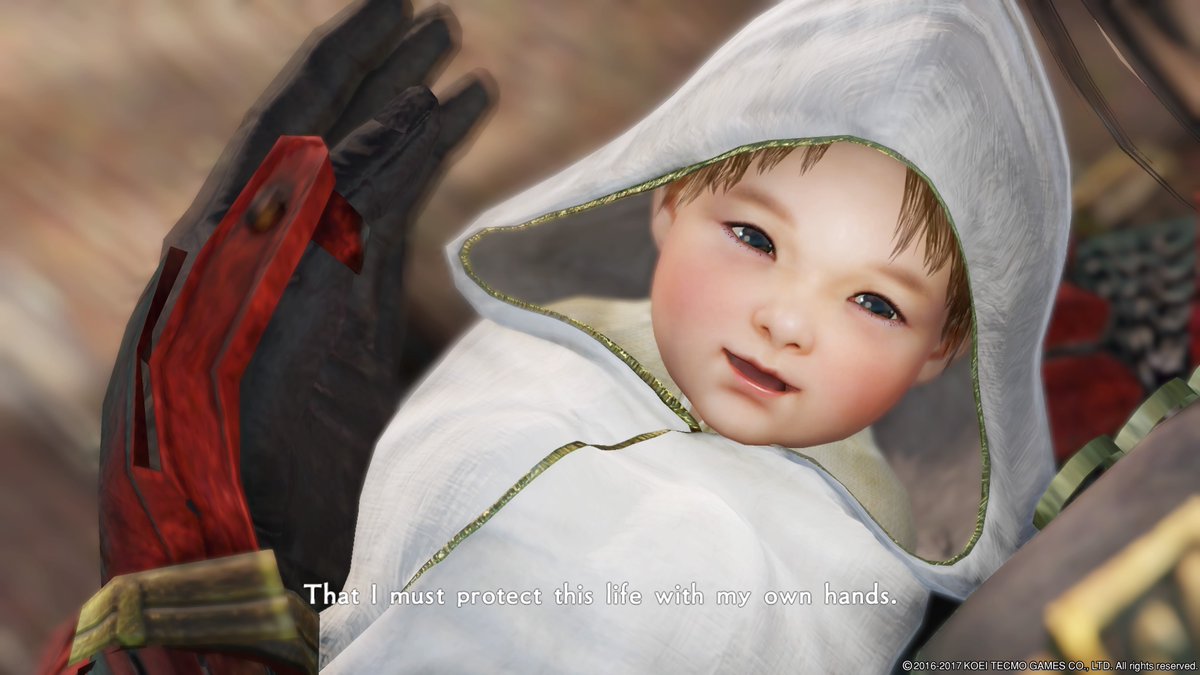
-
Samurai Warriors: Spirit of Sanada
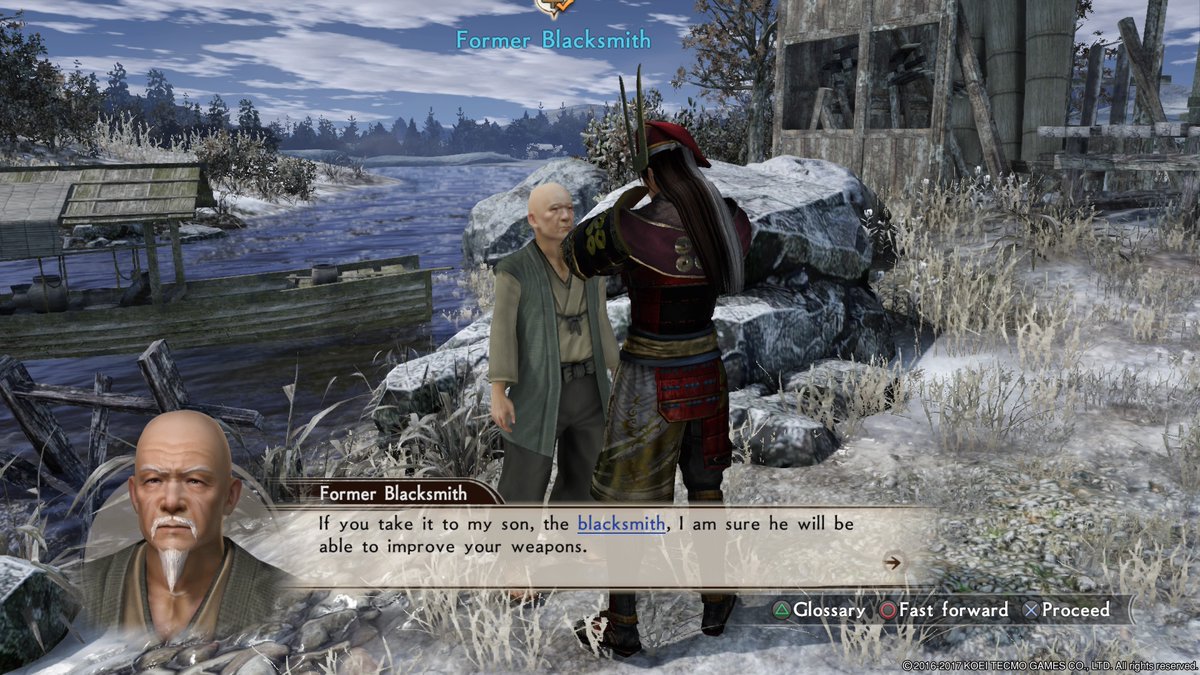
-
Samurai Warriors: Spirit of Sanada
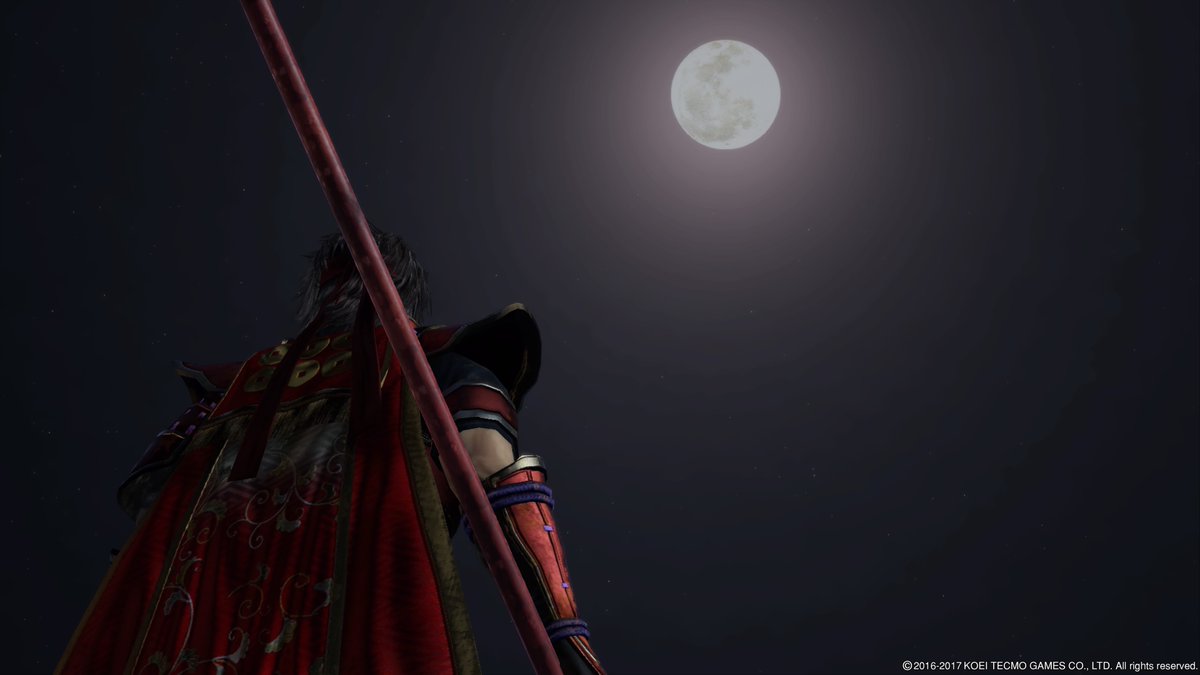
-
Samurai Warriors: Spirit of Sanada
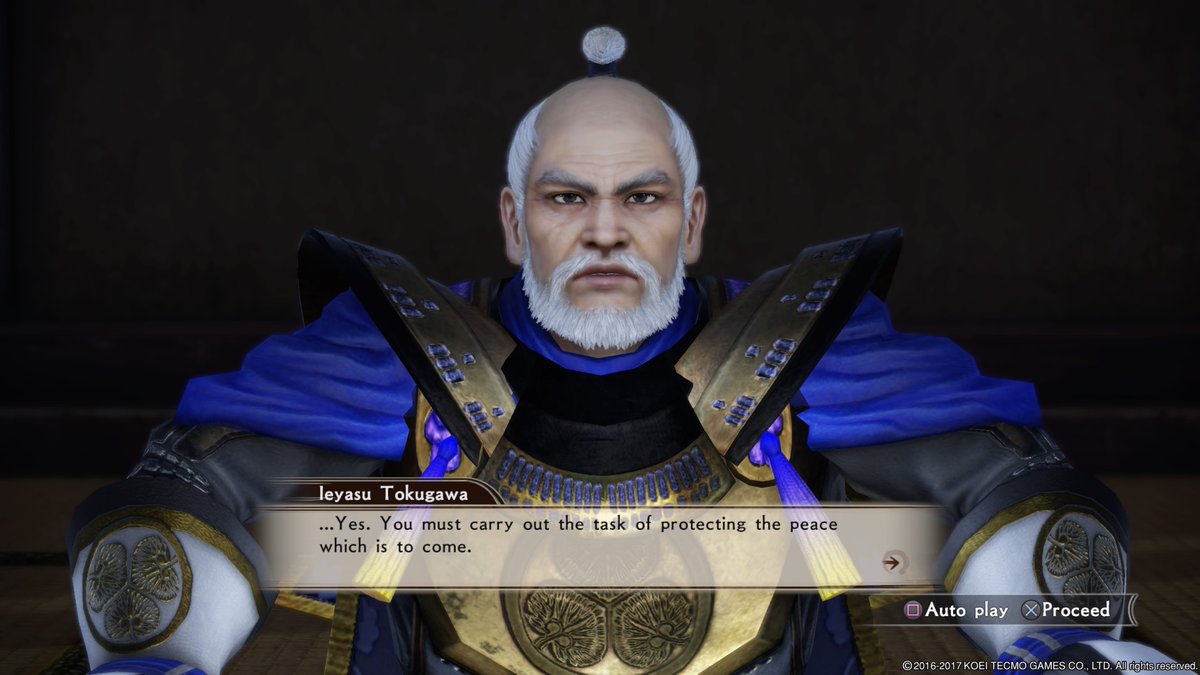
-
Samurai Warriors: Spirit of Sanada
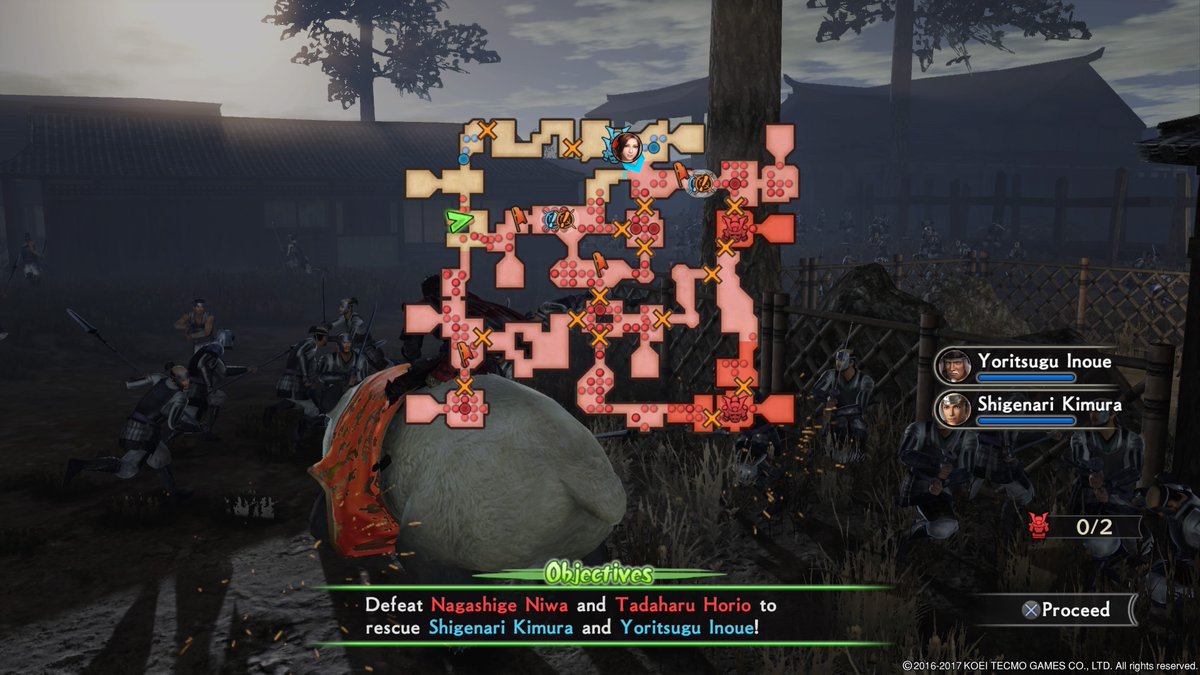
-
Samurai Warriors: Spirit of Sanada
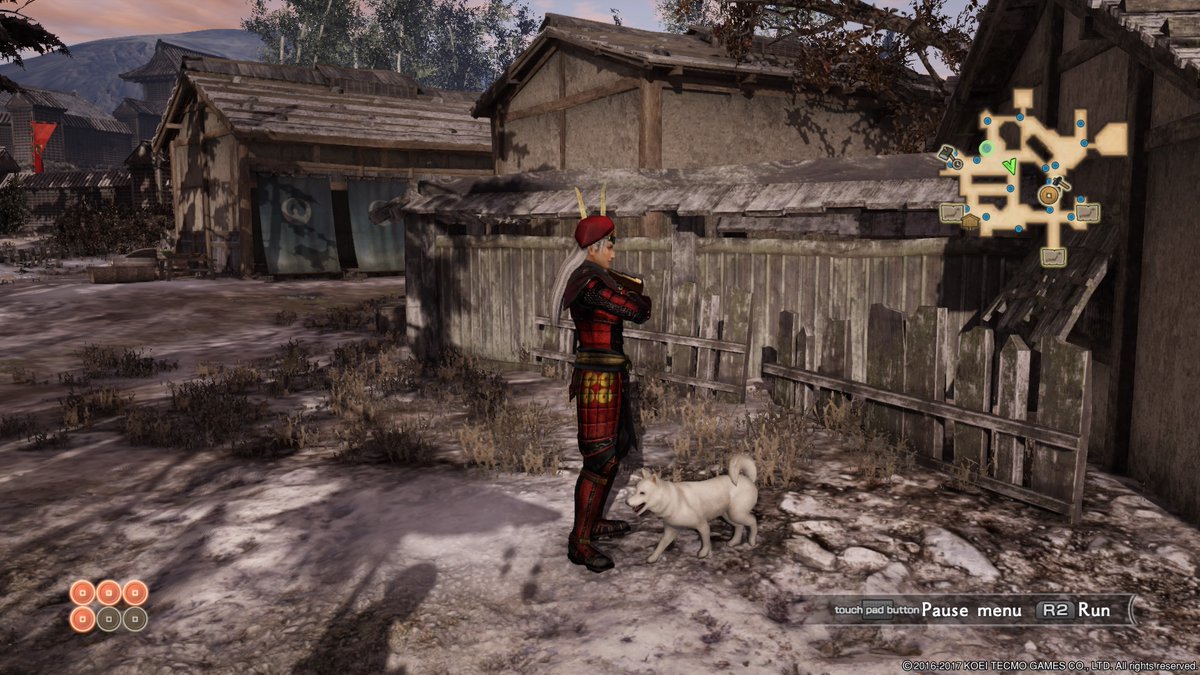
-
Samurai Warriors: Spirit of Sanada
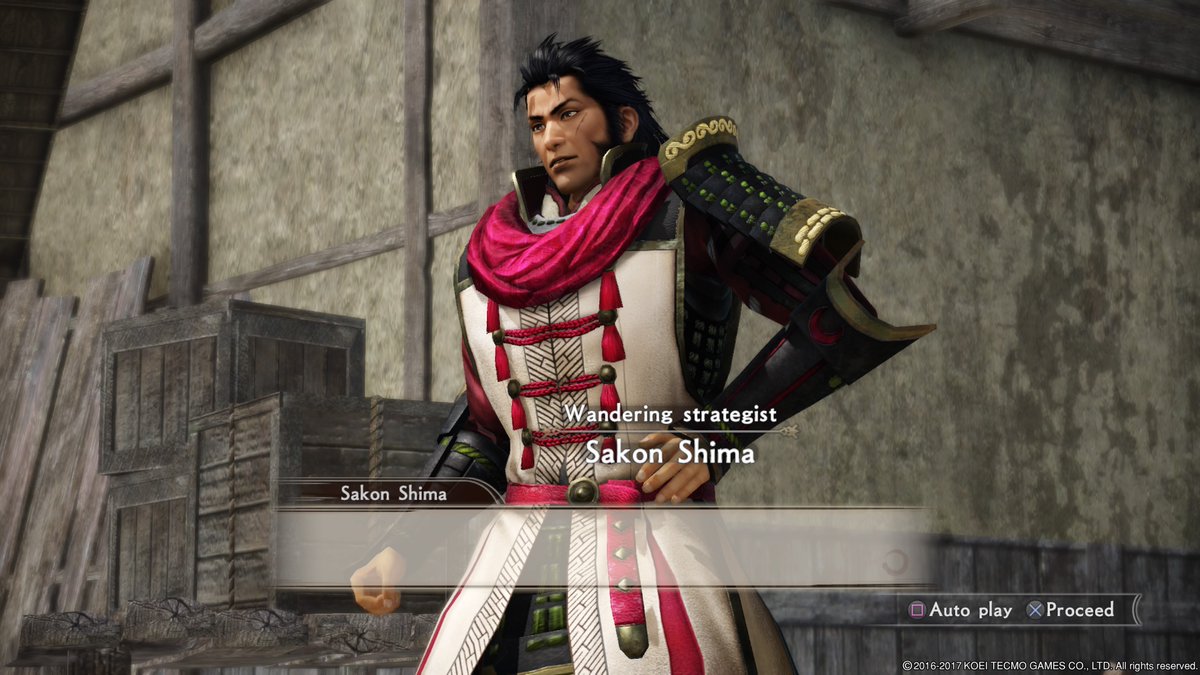
-
Samurai Warriors: Spirit of Sanada
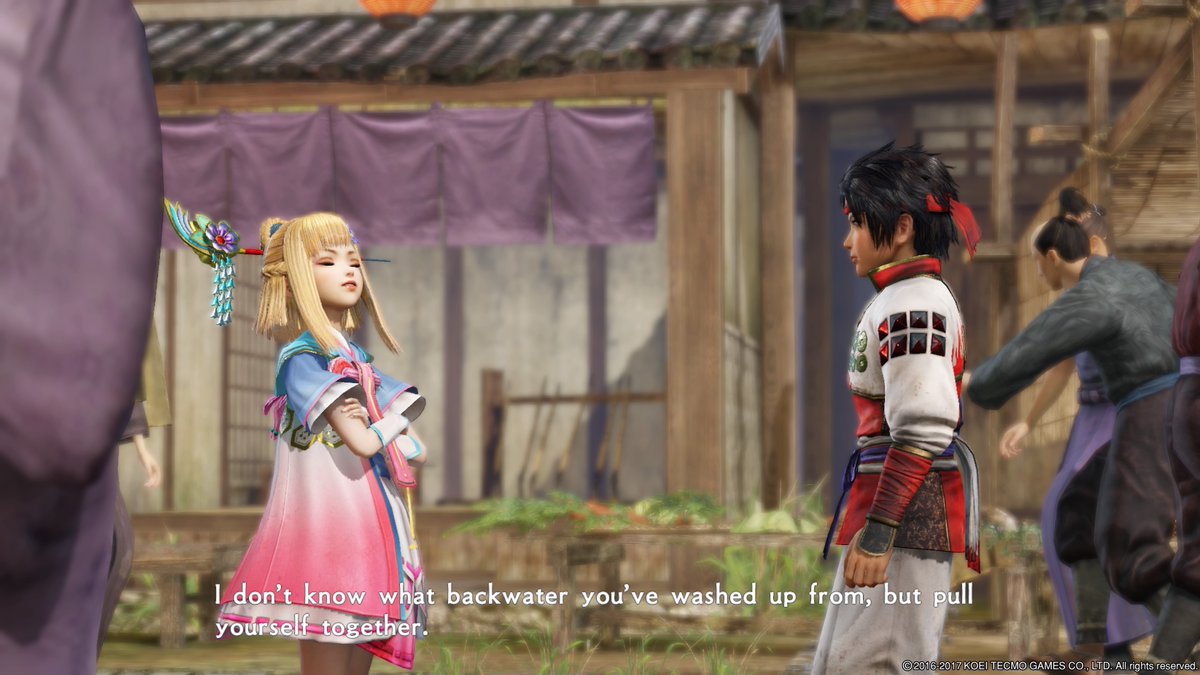
-
Samurai Warriors: Spirit of Sanada
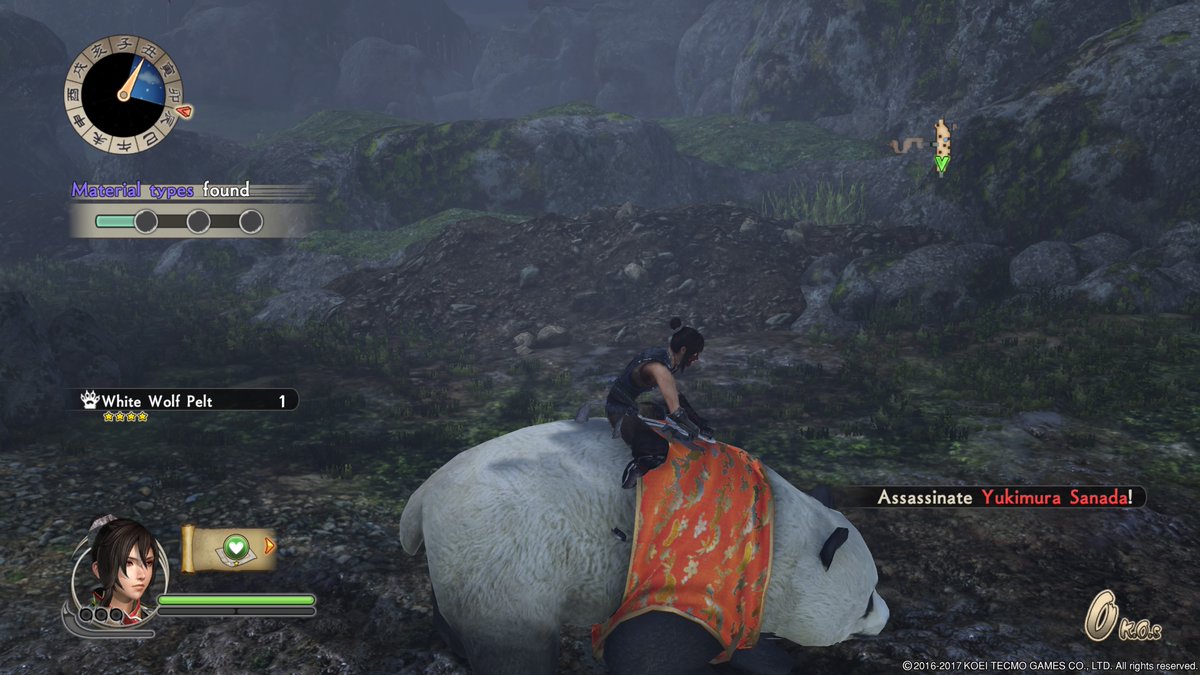
-
Samurai Warriors: Spirit of Sanada
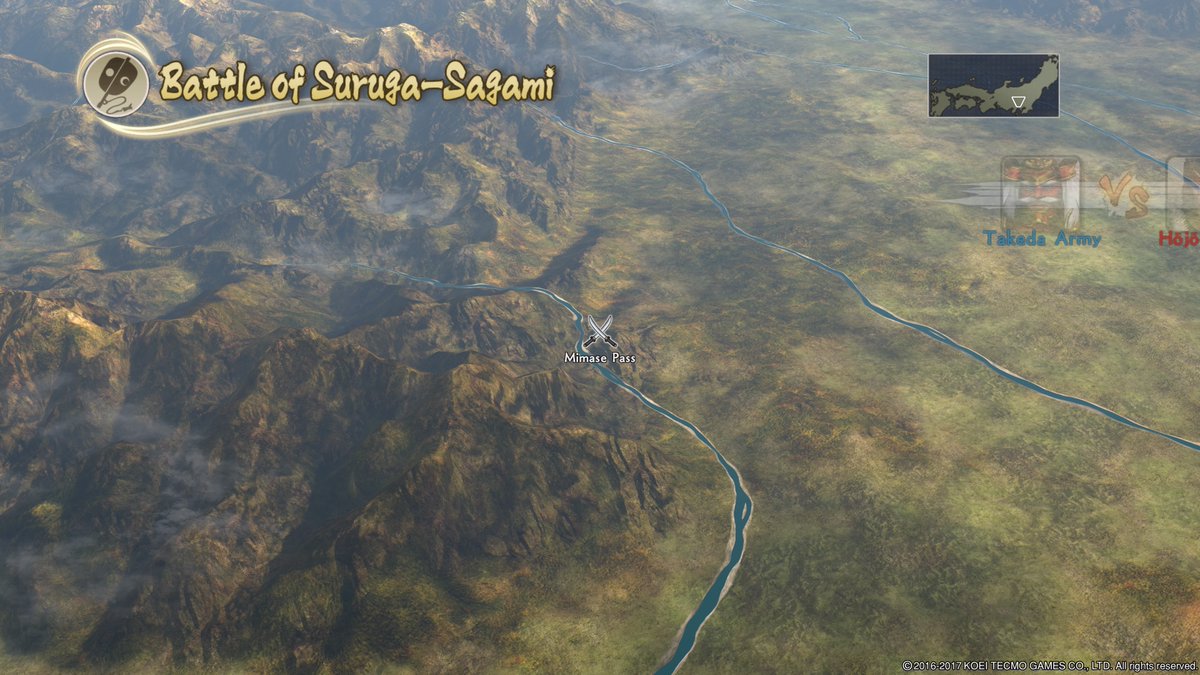
-
Samurai Warriors: Spirit of Sanada
